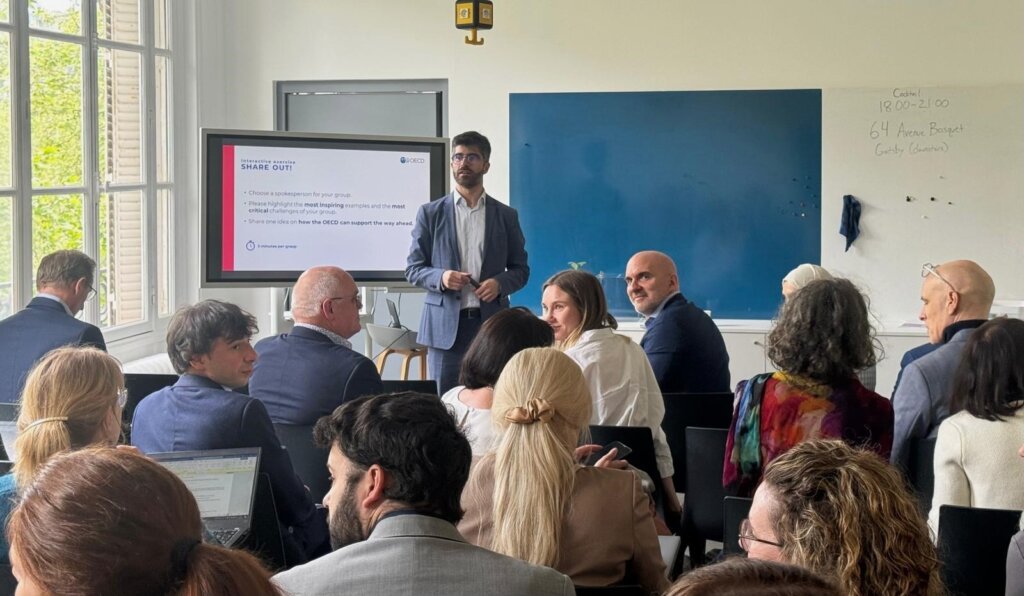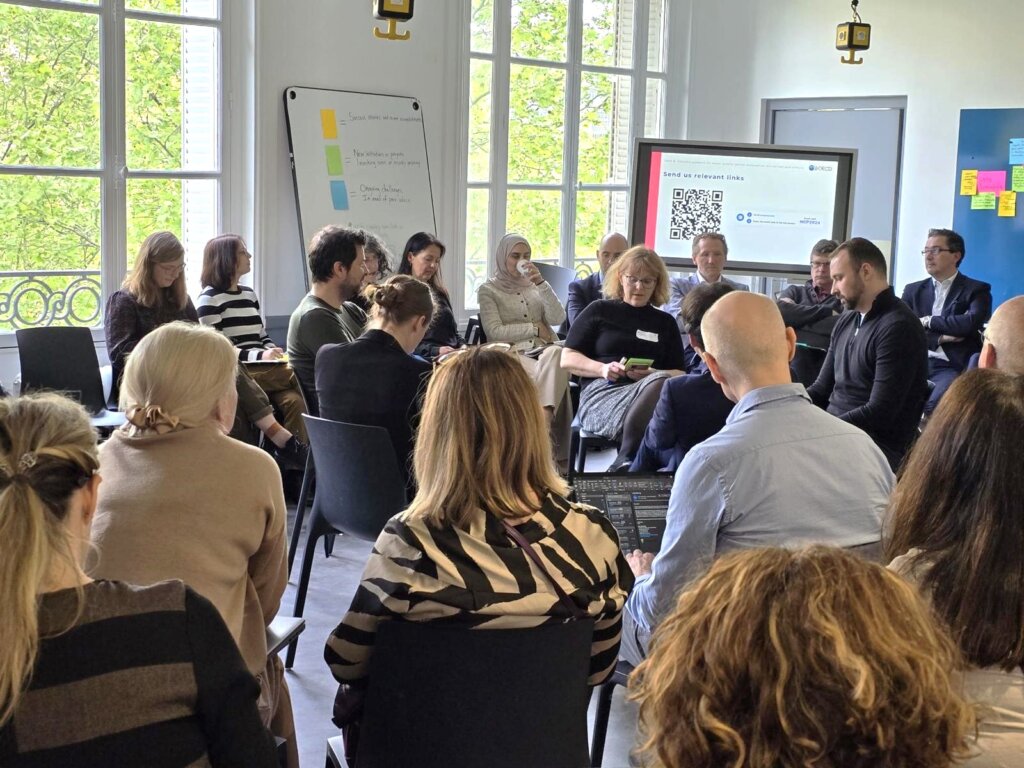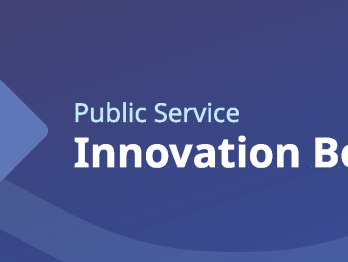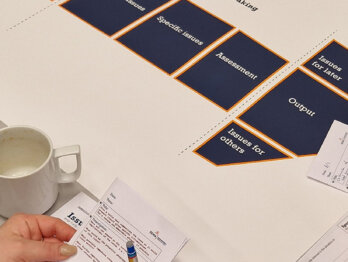Innovation roundup: What is on the minds of public sector innovators in national governments right now?

What is at the top of the minds of government officials working in public sector innovation?
OPSI convenes a network of officials for the purpose of international exchange of practices, development of common guidance and principles among OECD Members, and identification of emerging topics faced by national governments in their innovation efforts.
The OPSI National Contact Point meeting in April was one in a series of twice annual gatherings from national governments, represented by centres of government officials, senior public administration officials, innovation lab leaders, and ministerial or agency representatives whose portfolio includes public sector innovation. The meeting included representatives from 26 countries, convened in Paris and hosted by the French Government. In each meeting, the Secretariat reserves some time for countries to provide short updates on topics not included in the agenda.
What was the roundup?
The Observatory of Public Sector Innovation Secretariat facilitated an interactive session to draw out:
- Recent success stories and accomplishments;
- Initiatives launching soon or recently underway; and,
- Ongoing challenges in need of peer advice.
This provided a few insights into the happenings from each of the 26 countries in rapid format facilitated by OPSI.

Six things at the top of minds of public sector innovators right now
- Capacity-building: Nurturing innovation expertise. Institutionalising innovation skill-building and fostering leadership capabilities were top priorities for many countries. Some talent management and capability-building programmes focus on innovation more broadly but some also target specific topics or methods such as design thinking, strategic foresight, and behavioural insights. Governments are attempting innovative and diverse ways of developing skills, such as through action learning or applied learning, specialised internal degree programmes, and internal exchanges.
- AI: Transforming the craft of government. At the top of minds was the adaptation to a new reality marked by widespread use of generative artificial intelligence, which is being explored as a tool for reshaping policymaking and service delivery, including through cutting bureaucratic “sludge” in internal processes. Wider implications were also discussed as AI is a potential driver of macro-level change in economies, labour markets, and societies’ roles and expectations of governments interactions. The exploration and uptake of AI are also generating some adjacent adaptations, such as forcing governments to reckon with their data readiness for AI and prompting discussions around what and how data should be used in generative AI applications.
- Renewed focus on public services, especially seamless ones. There is much focus on better public service design and policies, including an ongoing drive toward seamless services and integrated services to reduce the navigational complexity for service users who do not necessarily know or care which ministry or agency is responsible for overseeing policy or service delivery in their area of need. This also includes the use of new technologies to better engage not only in service use but also in civic participation.
- Creative bureaucracy solutions. There was much emphasis on reducing bureaucracy and providing better internal support services through internal service design and process support, including through internal services provided by labs or innovation units. There was a notably frequent mention of innovative procurement approaches. This bureaucratic sludge-busting topic included process improvements driven by specific technology solutions being developed or adopted by governments.
- Missions and transformative change. Much was mentioned about horizontal and transformative efforts and navigating the complexity of cross-cutting policy issues (climate, etc.). Innovation units are increasingly being called upon to provide the systems thinking support, methodological support, knowledge management, and internal exchange to support such cross-disciplinary work. Interestingly, these efforts are not only being driven at the level of policy analysts level but also with engagement of top leadership.
- Next generation challenge prizes and funds: While innovation challenge prizes and innovation funds are not a new activity, there is a renewed interest in public sector innovation challenge prizes, calls for ideas, and innovation awards, including experimentation with different challenge models, different structures of funds, such as stage-gating. There also seems to be an increased effort to learn from challenge prize processes about what works and what are organisational barriers to innovation.
What feels different this round?
Having participated in several years of National Contact Point meetings, which have all included some form of country updates, we have three overall reflections about how this international innovation roundup felt a bit different:
Technology as an enabler
A growing maturity of the incorporation of technology as an innovative tool. Countries have been through enough recent hype cycles of private-sector-driven technology advancement to give them not only a healthy dose of wariness but has also made them better customers of technology solutions. The drastic shift to remote work driven by the pandemic seems to have shifted the Overton window for the time and effort needed to adopt technology solutions in public administrations. There seems to be more intentionality about digital solutions rather than adopting them for their own sake or because they are new, shiny objects.
Evaluating innovation
As public sector labs and innovation units have faced scrutiny and had to justify their efforts, there seems to be a growing emphasis on evaluation of innovation. In fact, there is an entire working group focused on this topic. Importantly, the discussion of evaluation did not just focus on the classic ways of evaluating efforts, such as value for money calculations. Governments are becoming more open to using other types of methods for evaluating innovation and better at communicating that innovation cannot be measured in the same ways, since innovation by nature is more uncertain. In contrast with the “move fast and break things” approach of disruptive innovation in the private sector, this group seemed particularly focused on balancing the need to innovate and change with the precautionary principle to do no harm and identifying ways to find that line and detect early warning signals.
Innovation on purpose
There also seems to be a growing maturity about the overall intentionality of innovation efforts, with more of a portfolio approach. In the roundup, country representatives were very specific about the type of innovation exemplified in their examples and cases. For example, I heard reference of a country indicating refocusing on some incremental efforts in the short term while waiting for the right circumstances to engage in more transformative projects. On the other hand, I heard reference to the incorporation of anticipatory innovation as a growing part of existing portfolios, but not at the expense of other types of innovation.
We count on our innovation National Contact Point group to tell us the latest about what is happening around the world in the realm of public sector innovation. What do you think? Do these signals capture what your public sector innovation unit is working on? Feel free to reach out to us.











